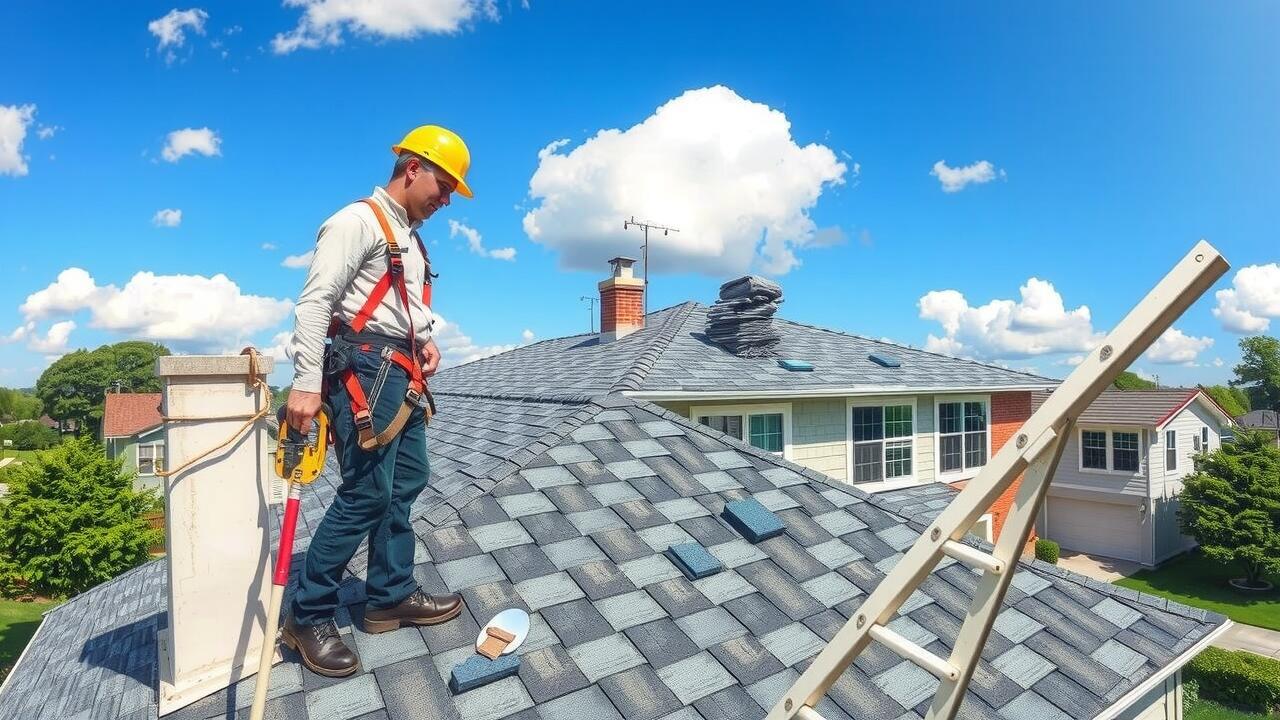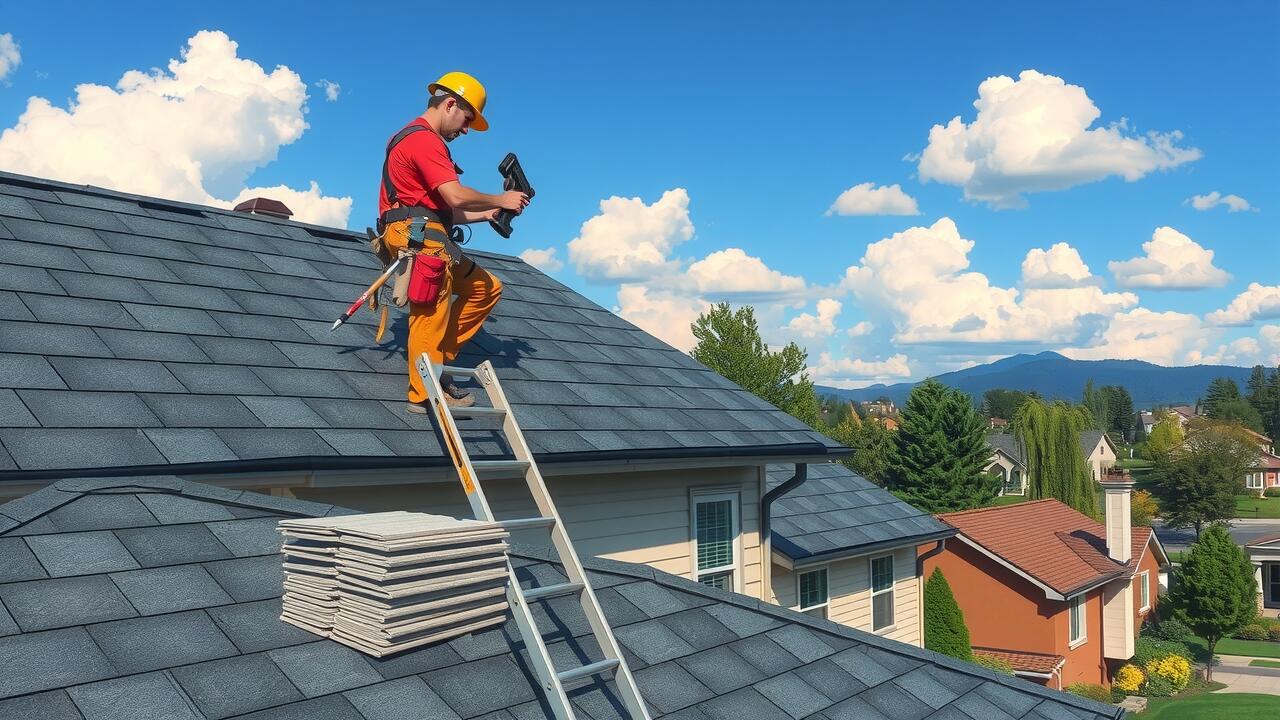
Table Of Contents
The Removal of the Old Roof
The removal of the old roof is a crucial first step in the roof replacement process. This stage typically begins with the team covering nearby landscaping and outdoor furniture to prevent any damage or debris accumulation. As the work starts, they will carefully strip away the existing shingles, flashing, and underlayment. Homeowners can expect noise from the tear-off as well as the presence of crew members moving around the premises, ensuring safety throughout the process.
Roof replacement in Twilight Hills Addition, Rapid City, can lead to some unexpected discoveries under the old roofing materials. Issues such as rot, mold, or damage to the underlying structure may come to light once the old roof is removed. The inspection team will assess any problems and recommend necessary repairs. Addressing these underlying issues at this stage is essential to ensure the new roof’s longevity and performance.
What to Expect During Tear-off
During the tear-off phase of roof replacement in Twilight Hills Addition, Rapid City, homeowners should anticipate a series of activities that can be quite disruptive. The process begins with the removal of the old roofing materials, which typically involves the use of ladders and other equipment. Contractors will ensure that they take precautions to protect landscaping and any outdoor furniture. Noise levels may increase significantly, especially with tools like nail guns and hammers in use.
Once the outer layer is stripped away, a thorough inspection of the roof deck will occur. This assessment helps identify any underlying issues, such as rot or damage that may have gone unnoticed. Homeowners may find that their roofs reveal surprises that call for additional repairs prior to installing new materials. Communicating regularly with the roofing team during this phase is crucial for addressing any concerns that may arise, helping ensure a smooth transition to the next steps in the replacement process.
Installation of New Roofing Materials
Once the old roofing materials have been removed, the installation of the new roofing begins. This process involves laying down felt underlayment to protect against moisture and potential leaks. Following the underlayment, the new shingles or roofing system will be applied. Depending on the selected materials, installation methods may vary. It’s important for homeowners to choose roofing that fits their aesthetic preference and functional needs.
Roof replacement in Twilight Hills Addition, Rapid City, requires careful attention to detail. Each row of shingles must be staggered to avoid weakness in the roof’s structure. Additionally, flashing is installed around chimneys and vents to ensure watertight seals. The installation team will likely conduct several quality checks throughout the process to confirm that everything is aligned correctly and securely attached. This meticulous approach ensures the durability and longevity of the new roof, providing peace of mind for years to come.
Step-by-Step Application Process
During the installation phase of roof replacement in Twilight Hills Addition, Rapid City, the roofing contractor will begin with underlayment placement. This layer acts as a protective barrier against moisture and serves to enhance energy efficiency. Following this, the new roofing material, whether shingles, tiles, or metal, is carefully aligned and secured. Each roofing type requires specific installation techniques to ensure long-lasting durability and performance.
Once the primary materials are in place, attention turns to details such as flashing around vents, chimneys, and valleys. Proper flashing installation is crucial to prevent leaks and water intrusion. Finally, the contractor will conduct a thorough inspection to ensure everything is properly secured and meets local building codes. This step-by-step approach helps ensure a successful roof replacement, providing homeowners with peace of mind for years to come.
Weather Considerations During the Project
Weather plays a significant role in the roof replacement process, particularly in unpredictable climates. Rain, snow, or high winds can lead to delays and impact safety during the installation. Contractors typically monitor forecasts closely before and during the project to determine the best working conditions. Local conditions in Twilight Hills Addition, Rapid City can often necessitate rescheduling to ensure the integrity of both the materials and the safety of the crew.
Temperature also affects the roofing materials used. Extreme heat can cause shingles to become soft and may affect adhesion during installation. Conversely, cold temperatures may limit the flexibility of materials such as underlayment and could delay the application of certain products. Homeowners in Twilight Hills Addition, Rapid City should communicate with their roofing contractor about any potential weather-related issues that may arise during the replacement process.
How Weather Impacts Timeline
Weather conditions play a crucial role in the timeline of a roof replacement project. Rain, snow, high winds, or extreme temperatures can delay the work, as roofing materials often require specific conditions for proper installation. Teams may need to pause their efforts if excessive moisture is present, ensuring that the new materials adhere correctly and do not suffer damage during installation.
In Twilight Hills Addition, Rapid City, unpredictable weather patterns can extend the duration of the project. Homeowners should be prepared for potential interruptions, particularly during the transition seasons when storms are more common. Communicating with the roofing contractor about local forecasts can help set realistic expectations for the timeline and overall process.
FAQS
How long does a roof replacement typically take?
The duration of a roof replacement can vary depending on the size of your home and the complexity of the project, but it usually takes anywhere from one to three days to complete.
Will I need to leave my home during the roof replacement?
While it is not mandatory to leave your home during the project, you may choose to do so for your comfort, especially during the tear-off phase when noise and debris are more prevalent.
What should I do to prepare my home for a roof replacement?
To prepare your home, it is advisable to move any outdoor furniture, vehicles, and decorations away from the work area. Inside, securing fragile items and covering furniture can help minimize dust and debris.
How will the roofing company handle debris and waste during the project?
A reputable roofing company will typically use tarps and containers to collect debris, ensuring your property remains as clean as possible. They will also perform a thorough cleanup at the end of the project.
What happens if it rains during the roof replacement process?
If rain is forecasted, roofing crews will take precautions to cover exposed areas to prevent damage to your home. However, significant weather may delay the project timeline to ensure the safety and quality of the installation.
